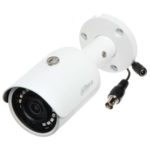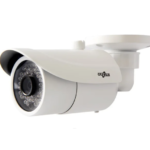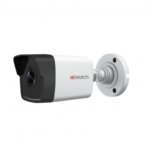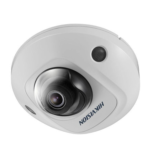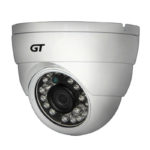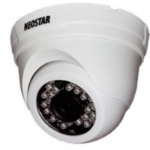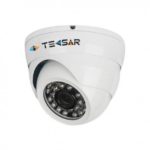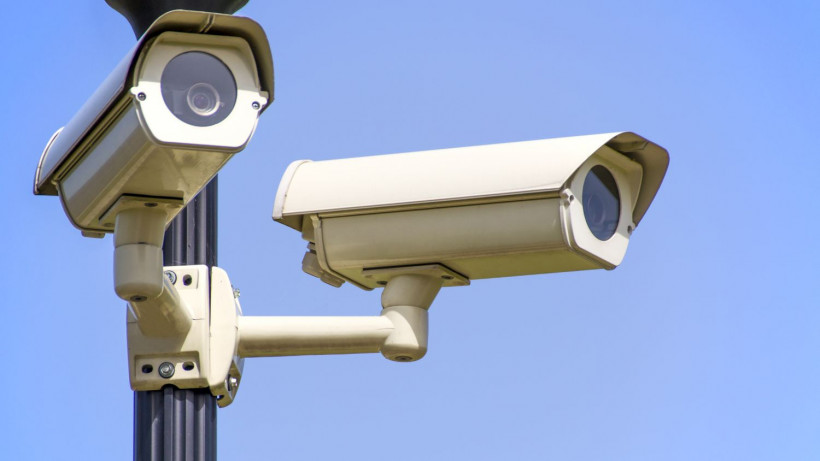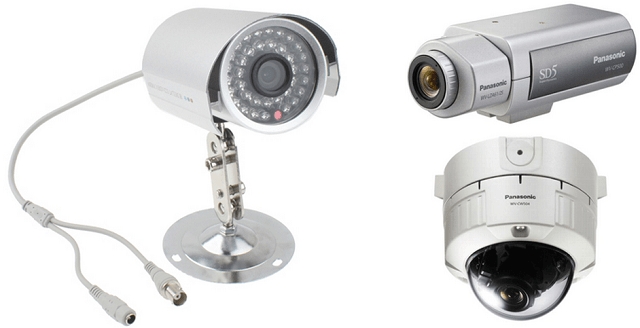Installation of video cameras in entrances, courtyards and basements is a defensive and voluntary response of residents to the worsening criminal situation in cities, a desire to protect their lives, health and property. Installation of video surveillance in an apartment building is a process that has material, technical and legal aspects. In order not to face difficulties, you should familiarize yourself with all the nuances associated with the arrangement of a security system of this type.
The legality of installing video surveillance in an apartment building
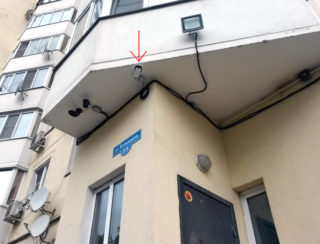
In accordance with the provisions of the Constitution of the Russian Federation, every citizen has the right to privacy, personal and family secrets. Observation with the use of optical devices can be equated with the collection of information about a person's personal life. This action, carried out without his consent, can be regarded as a violation of the law. At the same time, the concept of "personal life" is relatively vague and not fully regulated in the legal field.
The area of apartment buildings, in accordance with contracts concluded with management companies, is divided into the following categories:
- Private property. Limited by the boundaries of the apartment.
- Common areas. These include attics, staircases and landings, and the adjacent territory.
However, private life can also occur in public places. To avoid any omissions, it is necessary to obtain the consent of the person for video filming. The contract contains a clause on the installation of video cameras, and the tenant puts his signature on it. But this does not close the question. In order not to violate human rights, it is necessary to equip public areas with signs warning citizens that they are under surveillance. Otherwise, the court may pass a verdict on the illegality of the contract and demand that the cameras be removed.
There is no need to warn about the presence of cameras in secure rooms with limited access: boiler rooms, switchboards, rooms for placing communication nodes, offices.
Criteria for choosing CCTV cameras
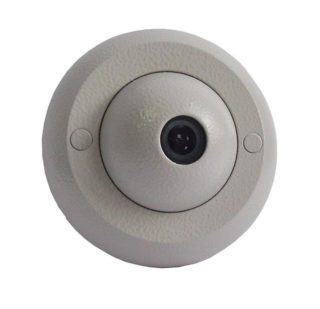
When choosing CCTV cameras, you need to take into account the volume of tasks that they must solve. Electronic equipment is designed to prevent damage to common property, hooliganism, theft, and acts of vandalism. With the help of control devices, identification of criminals and timely response to strangers entering the house is ensured.
Based on this, video cameras must meet the following criteria:
- high resolution of the matrix and camera, so that you can reliably identify a person;
- moisture resistance;
- wide operating temperature range;
- the presence of infrared illumination for work in the dark;
- a backup battery that provides shooting in the absence of electricity;
- viewing angle within 85-92 degrees;
- robust housing to protect against bullies.
The method of data transmission and storage is selected based on the organization of the home security system. To respond to emergency situations, cameras are selected that provide information online via cable or one of the wireless methods. If you just need statistics, it is advisable to install devices with a slot for a memory card.
Popular camera models
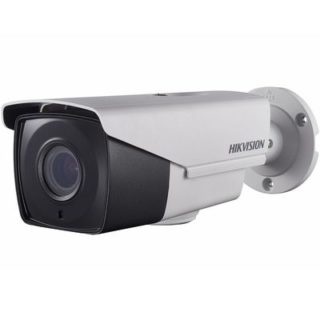
When planning the arrangement of a video surveillance system in the house, preference should be given to products from trusted manufacturers. Cheap devices give a cloudy image, often break and malfunction. Ultimately, large investments are more profitable in the long run.
Rating of the best models of CCTV cameras for the yard:
- Hikvision.
- Dahua.
- Gazer.
- HiWatch.
- Zodikam.
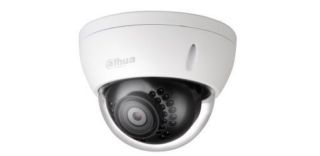
Rating of the best models of CCTV cameras for home:
- Dahua.
- Neostar.
- Hikvision.
- GT Electronics.
- Tecsar.
You can purchase genuine and high-quality goods only from certified dealers in specialized outlets.
How to install CCTV cameras
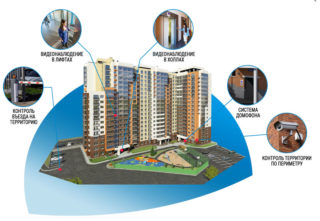
It is advisable to entrust the installation of a video surveillance system to professionals with experience in this field of activity. Initially, the finished project must be agreed with the management company. In the process of laying communications, weakening of load-bearing structures and interference with private property are not allowed.
It is advisable to choose such places for installing cameras:
- entrance to the staircase;
- apartment vestibules;
- lift halls;
- ceremonial;
- doors to attics and basements;
- mailboxes;
- gas distribution boxes;
- electrical panels;
- parking lots;
- playgrounds;
- driveways around the house;
- switching blocks;
- emergency exits.
The more objects will be covered by the video surveillance system, the less will be the fee per tenant. It is more profitable and more promising for the future to conclude contracts for several houses at once with one contractor.
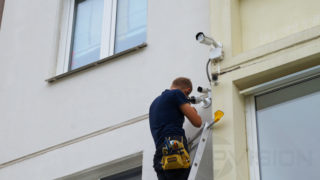
The procedure for installing a video surveillance system:
- Purchase of equipment in accordance with the approved project.
- Marking. The places of fastening of cameras, power supplies, junction boxes, cable channels are indicated.
- Making holes for devices, strobes for wires. Installing camera brackets. Another way is to lay a polypropylene pipe through ceilings with branches from the riser on the floors.
- Laying of communications. Connecting the system into a single whole, connecting the power supply.
- Setting up cameras, setting the desired modes and parameters. It is necessary to make sure that the surveillance sector does not cover the area of personal interest.
In conclusion, warning signs are posted, information collection is organized.
Advantages and disadvantages of video surveillance in MKD
The organization of the video monitoring system in multi-storey buildings has its positive and negative sides.
The advantages of this solution:
- Preventive effect. Attackers, seeing the cameras, will change their minds to commit criminal and administrative offenses.
- Timely detection and expulsion from the entrance of unauthorized persons who have not the best intentions. Recreation of events preceding crimes and hooliganism.
- A wide range of equipment models and information transfer methods.
- The ability to install motion sensors, sirens and other devices to scare off hostile individuals.
- Relative ease of installation. If there are trained tenants, it can be done on its own without the involvement of specialists.
The disadvantage of indoor video surveillance is considerable investment at the initial stage and subsequent costs for repair and maintenance.

